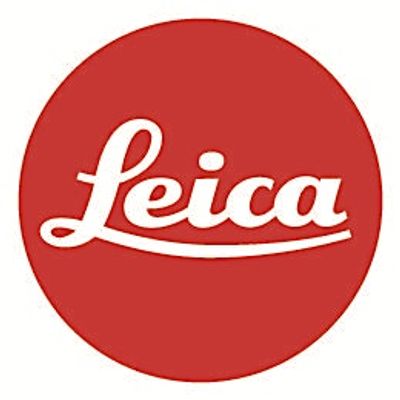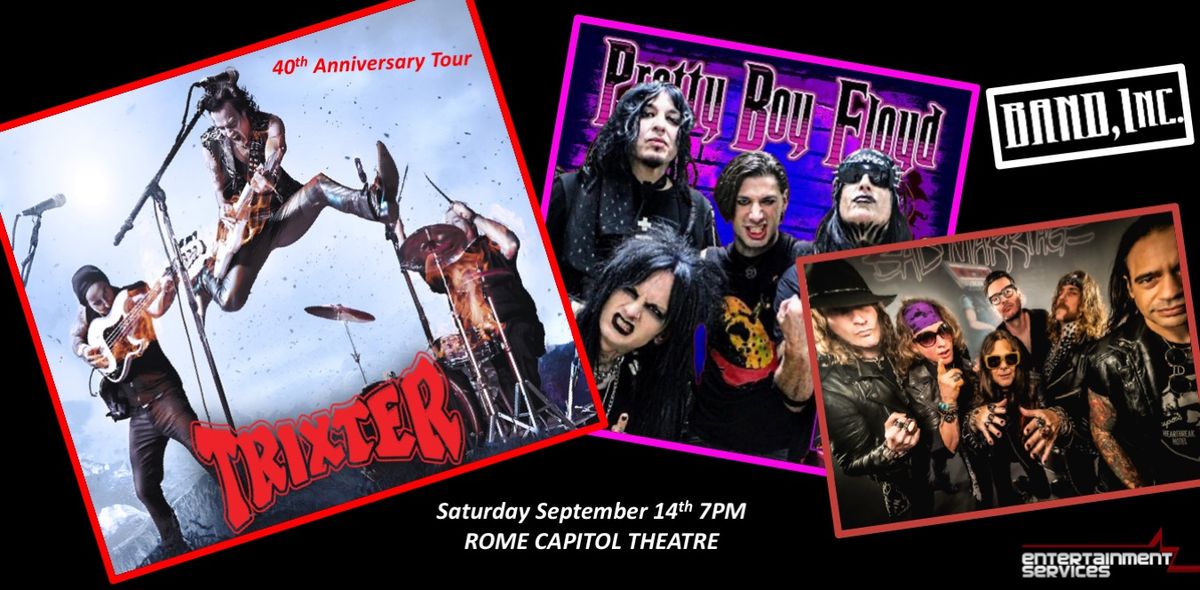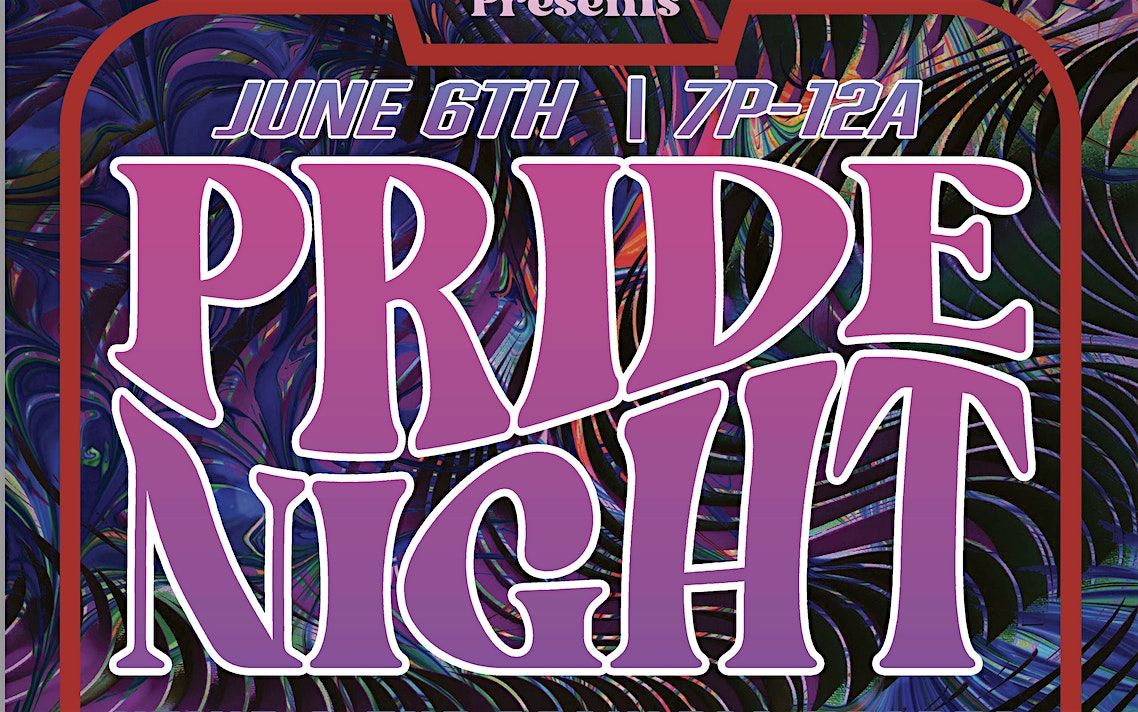
About this Event

SANDRO MILLER/MARK EDWARD HARRIS Thursday June 5, from 6-8PM
Join us for an exciting Opening featuring the talented photographers Sandro Miller and Mark Edward Harris on Thursday, June 5th, from 6-8PM at Leica Gallery Los Angeles. Get ready to be amazed by their stunning work and hear firsthand about their creative process. Don't miss out on this incredible opportunity to meet these two amazing artists in person. See you there! Very Limited Valet Parking - Ride Share encouraged
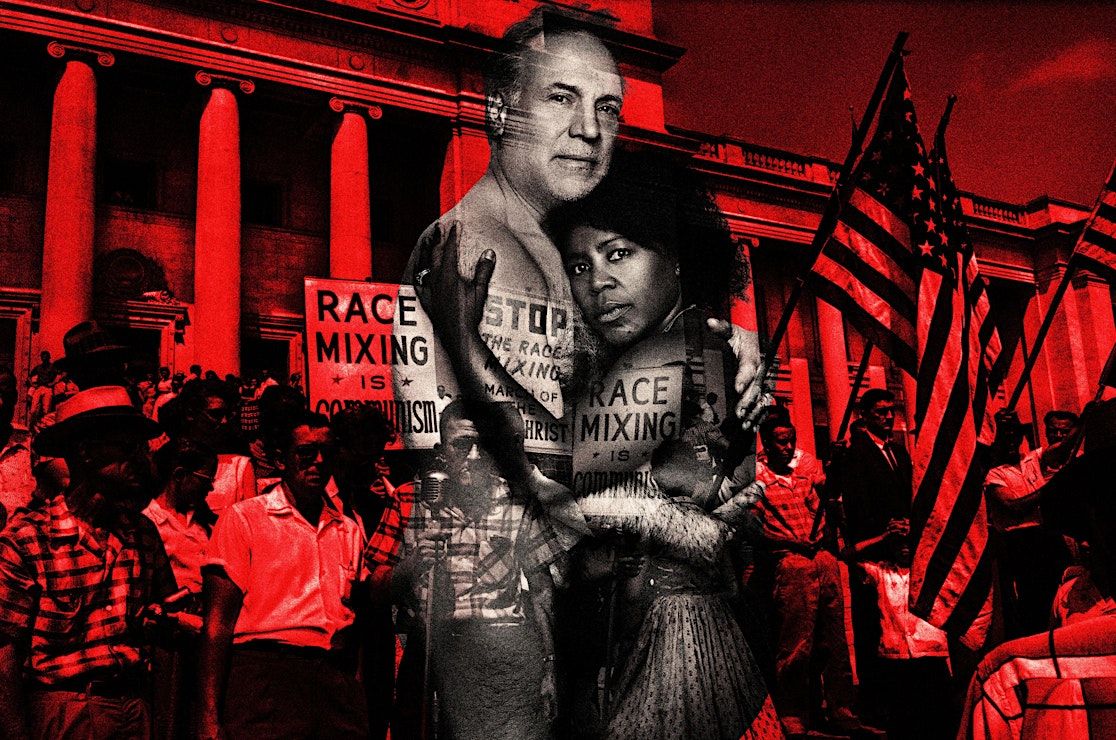
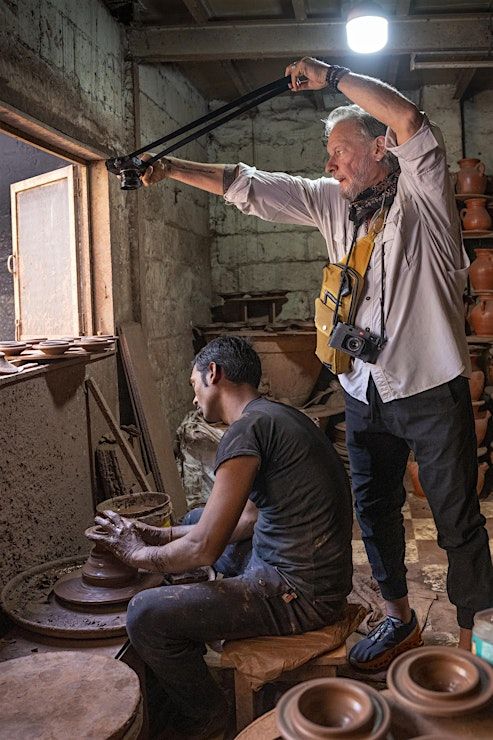
SANDRO MILLER
My newest photographic project, Love Between Us, Hatred Behind Us, honestly addresses some dark aspects of our common history. I believe Voltaire's famous maxim: To the living we owe respect; To the dead we owe only truth. We have come to understand that much of our troubled present is anchored to a troubled past. So, to be an informed, constitutional social order, we must reassess, repair, and amend what, within the America-first purity narrative that has become our political history, was unjust, unsavory and deleted. What Professor John Torpey, in Trouble with the Past, called a predetermined horizon, a foreordained destiny, a fate. The pictures of this project address the centrality of race to American history. While indeed that is one big story, it is not the only story that can be told. Conflict is never the only story. The conflicts, the injustices directed at Black communities linked to the constant focus of media telling us about the hatred between Blacks and whites has changed that narrative. These photographs of loving couples are a refutation of the single narrative that weighs heavily on our hearts and souls. I have created this project to be a messenger of this fact: there are greatnumbers of interracial couples whose lives together are loving, gracious, bountiful and joyful. Discord, sorrow and dissatisfaction are not interracial customs; nor do they inevitably define stereotypical interracial relationships. The photograph’s background images are evidence of our true history, of what we have been through, of why our ancestors idealistically petitioned for a caring government: they believed that hatred and indifference and ignorance could be identified and vanquished. Yet, my project asks us to also reexamine the real documentary evidence of our heritage in the hope that it will not be the only path to our future. I believe that Love can emerge from our traditions and restore dignity to our daily lives. "Love Between Us, Hatred Behind Us” is also a celebration of the photographers that came before us and fearlessly documented this history of unjust violence and horrific abuses. Without these brave men and women with their camera!s, we very well may not understand the history of the racial injustices that constrained our Black communities. I honor in this project the many photographers including but not limited to: Bob Fitch, Bill Hudson, Bruce Davidson, Jill freedman, Charles Moore, Gordon Parks, Danny Lyons, Steven Shapiro, Art Shay, Ernest Withers, Cecil J. Williams, James Karales, Julian Wasser, Fred Ward, Elliot Erwitt, Beiter Studios, Bob Adelman, Pete Harris, Don Hagen Charles, Joseph Postiglione, Don Sturkey, Fred Blackwell, Getty and the Bettman Archives, the Associate Press, The Library of Congress and of course the Unknown photographer. Without these great man and women, we, the common people of this nation, could not possibly understand our own history, our moments in our time. Our families—reaching far back in time—are now memory and nature. They—our great great grandfathers, our great grandfathers, our grandfathers and even our fathers—taught us to observe, to recall, to honor, to cherish. They also taught us racist ideologies that the "White Race” was the superior race. Our young-to-late-stage generations hold and teach more rational ideologies. So, we can believe that we will live as one race, one love, all blessed and governed by truth. We must create a better educated, more tolerant and more charitable nation.
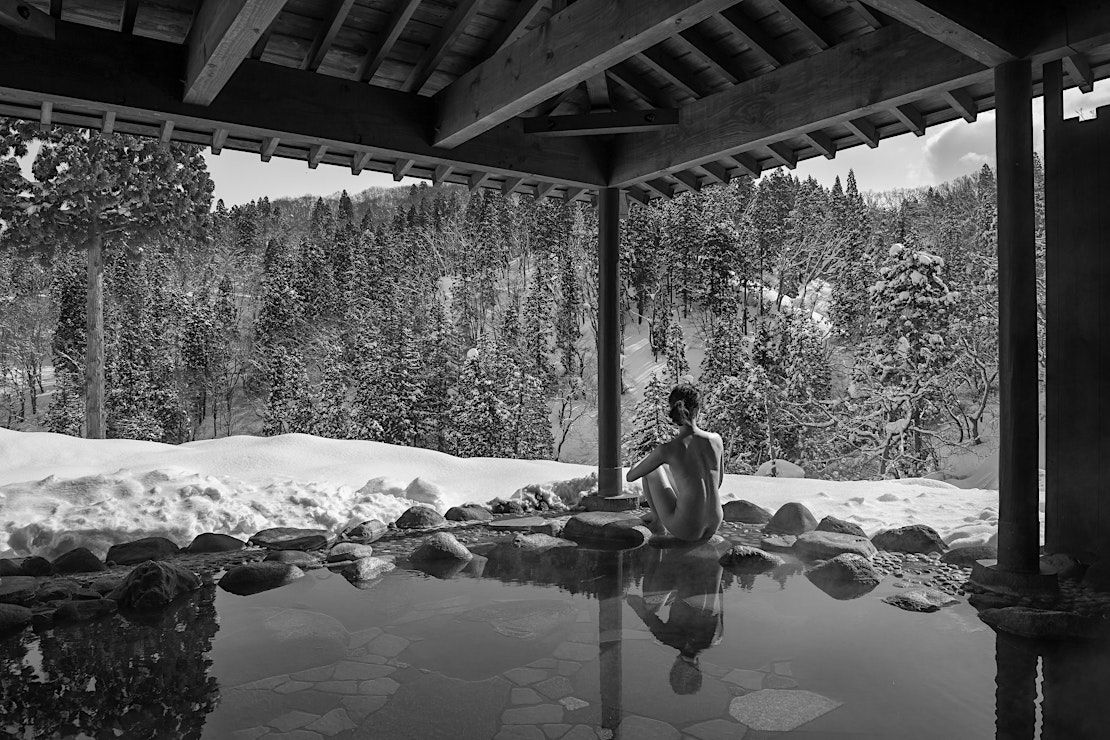
MARK EDWARD HARRIS
The Way of the Japanese Bath
While all the primeval geological and geothermal rumblings under Japan have set off devastating volcanic eruptions, tsunamis, and earthquakes (ten percent of the world's volcanic activity occurs in Japan), they have also provided the 125 million inhabitants of the island nation on the Ring of Fire with a very unique way of life. The 20,000 thermal hot springs that flow from the ground have become meccas, a place to bathe not only the body but the soul as well.
An estimated 100 million people check in each year at onsen (hot spring) ryokans (Japanese style inns) or hotels, often to escape the extreme stress-inducing population density. In fact, bathing for cleaning is not practiced in Japan. Soap is never brought into a bath either at a communal bath or at home. Washing is done before going into the bath for a soak and then often followed by a thorough rinsing and shampooing after the bath.
Physical maladies are often treated at baths with specific mineral properties in
the water. The Ainu, the indigenous people of the Japanese islands, used hot springs for healing purposes. An old Kusatsu (a town on the main island of Honshu) folksong declares, "A hot spring bath can cure anything but love." Scientific research continues to be conducted on the medicinal benefits of the hot spring water. For instance, radioactive water is reported to help those suffering from gout, diabetes, chronic digestive problems, gallstones, and fatigue. Sulfur content in the water is considered a remedy for metallic poisoning and is said to clear up a bad complexion.
Noboribetsu in Hokkaido is one of the most popular onsen towns because of its variety of waters with medicinal benefits yet most water is classified as simple thermal and most onsen visitors come for simple relaxation. People often shed their city clothes for the duration of their visits and stroll the streets of these onsen towns dressed in yukata – bath (yu) garment (kata).
Humans are not the only creatures to take advantage of the onsens. Snow monkeys (Japanese macaques) are regular patrons at Jigokudani in Joshinetsu Plateau National Park in northeastern Nagano Prefecture.
My first Japanese hot spring experience in Beppu, a town often shrouded in water vapor on the southern island of Kyushu, converted me into a furo-aholic (bath-aholic) in the early 1990s. More than three decades later I still find the magical waters an endless source of both visual and visceral pleasure.

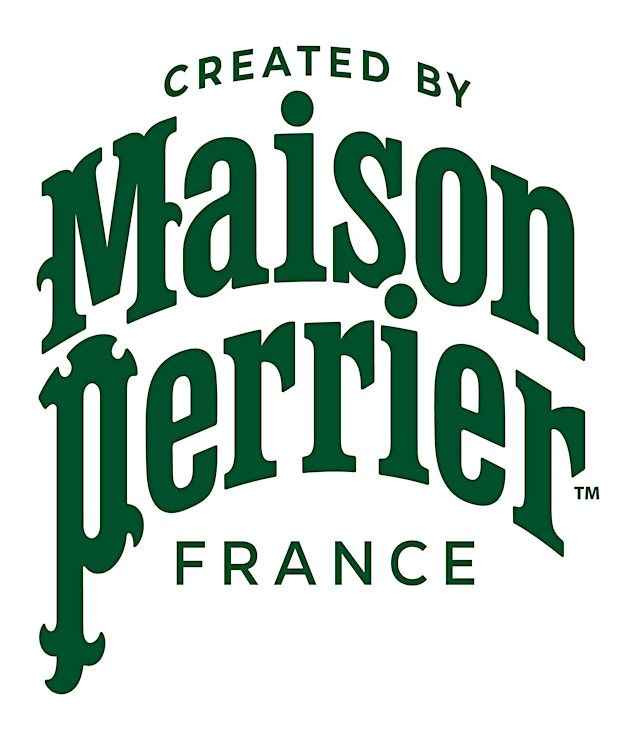
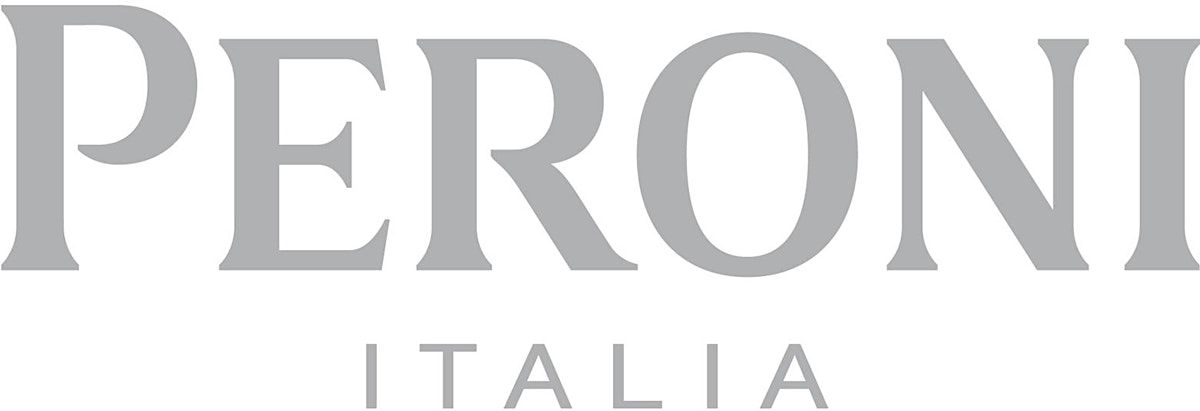
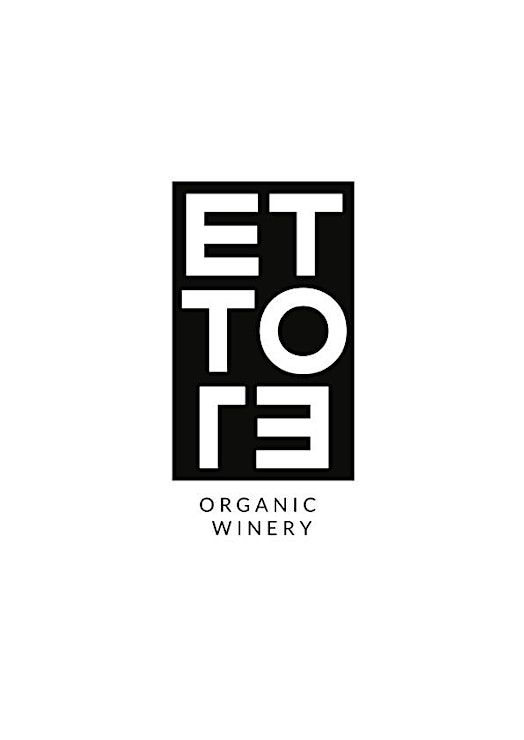
Event Venue & Nearby Stays
Leica Gallery Los Angeles, 8783 Beverly Blvd., West Hollywood, United States
EUR 0.00
